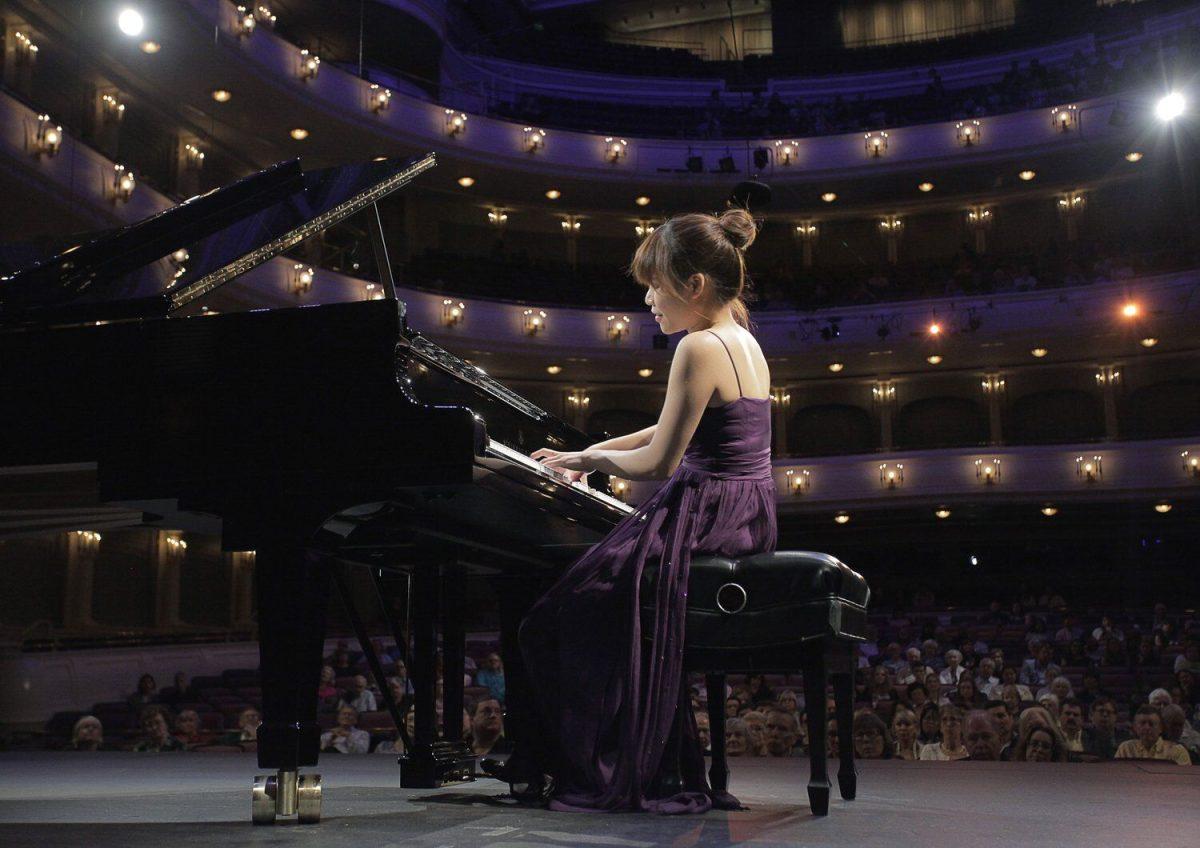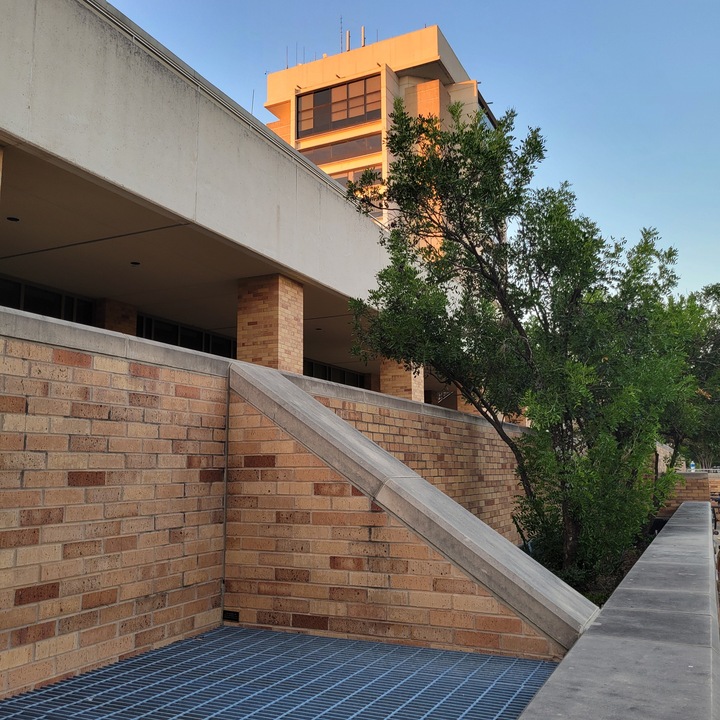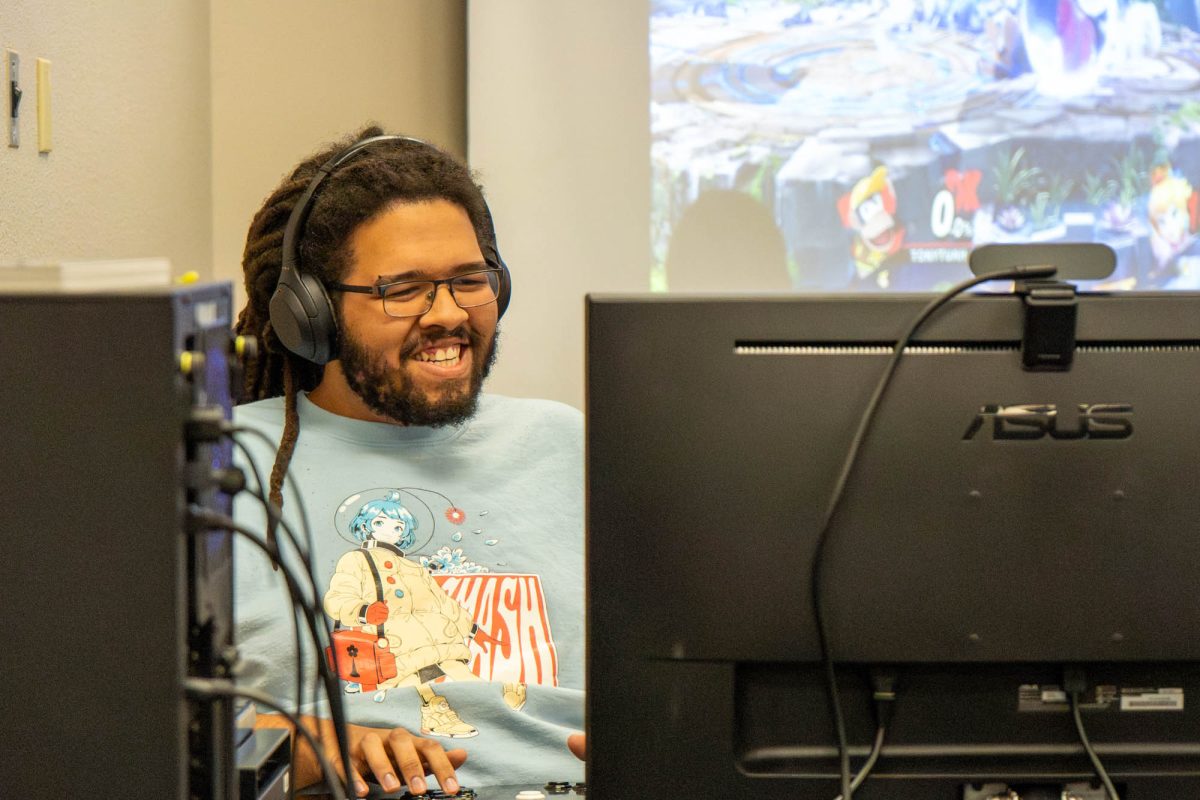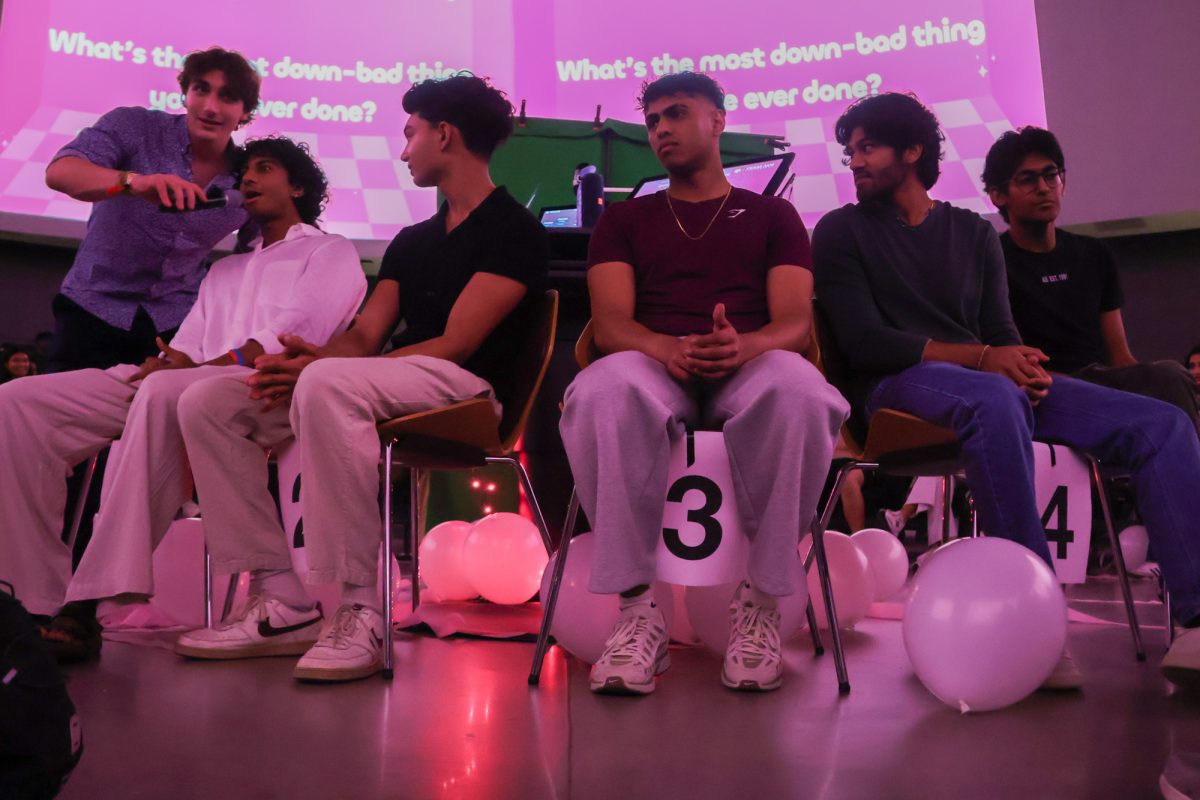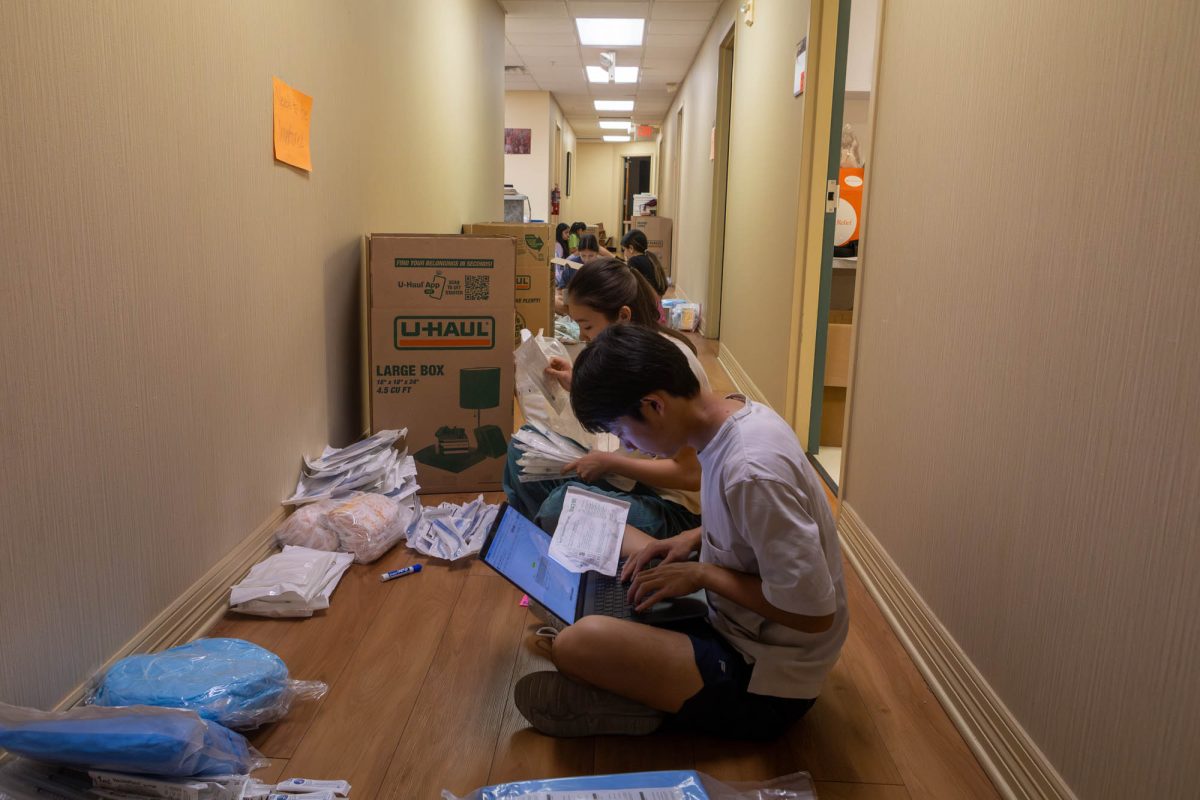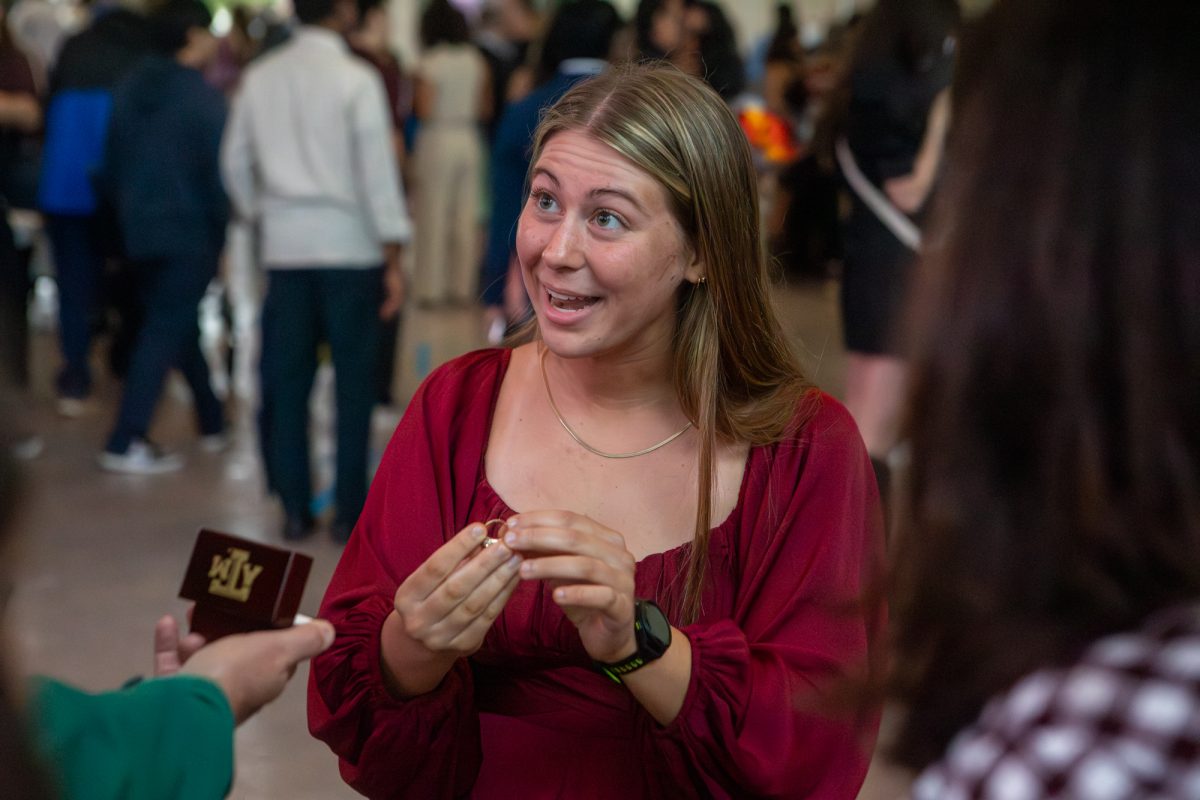Friends of Chamber Music is hosting concert pianist Rachel Cheung to play at Texas A&M’s Annenberg Presidential Conference Center on April 29 at 7 p.m.
Coming from Hong Kong, Cheung was the Audience Award-Winner of 2017 Van Cliburn International Piano Competition, and shared her experience on tour so far, what it is like sharing music with audiences and information about the pieces she is performing.
THE BATTALION: When did you realize you wanted to be a concert pianist?
I started when I was four. I think I set my goal to be a concert pianist when I was 11 years old, when I won my first international pianist award in Ukraine. That was the beginning of it, because in that competition and in Ukraine, I got a taste of what it was like to play on an international stage and I really enjoyed it. I realized I really wanted to share music to the public and it was a dream come true to play on the stage.
How would you describe your performances on tour so far?
This tour actually was my first since 2020, because of COVID[-19] and the travel restrictions where everything was shut down. It’s been really amazing and it’s really great to be back. I’m traveling to many separate states in the U.S. and playing up to 10 concerts. Life has never been so exciting, I’m really looking forward to every concert.
What pieces are you playing during your concerts and how did you choose them?
For my concert with Friends of Chamber Music, my recital will open with a pair of Haydn pieces. The first one is “Fantasia in C major.” It’s a very delightful opener because the piece is not very often played. It’s really lively and it has the typical humor in Haydn’s music.
The second piece is Haydn’s very famous “Variations in F minor,” which has some of the most tragic moments in Haydn’s music, but at the same time, there’s a lot of light and some lively moments. There are some struggling and tragic moments that I think are very touching.
Then, I’m playing Beethoven’s “Opus 110 Sonata in A flat Major.” It is the middle sonata of his last trilogy. It’s the very last sonata that Beethoven wrote and it has quite a symbolic meaning because it really tells Beethoven’s view in life of his late years. It has a very special compositional technique compared to his previous years and previous periods. This sonata, which is divided into four movements, has to be played as a whole, consecutively, with no breaks. It has the buildup from the beginning to the end and it works as a whole this way in four movements, all together. I think it resembles a life journey from the beginning to the end. It has some very poetic and very lyrical moments and it gives the meaning of love to the world.
In the second half, I will be playing two composers. The first one is Ravel, a French composer from the 20th century, and I’ll be playing his colorful sets of piano music called “Ma mère l’Oye.” It is divided into five movements, and it’s extremely picturesque. You have a lot of imagery in this set, and it is very imaginative to play and to listen to.
The last piece is Chopin, a very famous Polish composer, and I am playing his “Andante Spianato et Grande Polonaise Brillante.” It’s a very great piece to end with because it’s like a fanfare so it plays with a lot of grandiosity. In the early part of the music, it is very calm and peaceful in “Andante Spianato.” I think the whole program that I chose for the recital with Friends of Chamber Music is very eclectic and I think it will be very enjoyable to play and also to listen to.
What are you most excited for the Aggie community to see in your performance?
I just want to share music. Music communicates with everyone — it connects with everyone without actually speaking, and it’s such a universal language and it shares the language of love. I hope everybody will enjoy coming to the concert, or listening to the music, and I hope they relax and enjoy my performance.




